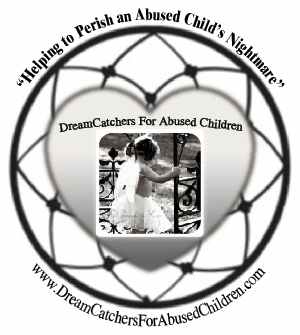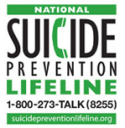Drop in Child Abuse Rate Doesn’t Tell Entire Story
But there may be a catch. The study was conducted before the recession hit, and child abuse rates rise with unemployment, causing at least one expert to fear that today’s child abuse rates could be far less rosy.
Dr. Linda Cahill, head of the J.E. and Z.B. Butler Child Advocacy Center at New York’s Montefiore hospital, said child abuse is definitely influenced by the economy. “It’s influenced by parental stress, by unemployment, a lack of adequate housing and food,” she said.
While Cahill said the study used “good data,” she cautioned against declaring success in the war against child abuse. Because the study focuses on the reported rate of child abuse, not the actual, she said “it’s impossible to know” what the true rate of abuse is. And Cahill says she hasn’t perceived any drop in suspected cases of abuse at Montefiore. While there’s no data on recent cases, she said, “We are not seeing less abuse than we ever saw before. If anything, we’re seeing more,” she told AOL News today.
The study contains clues that suggest that child abuse rates may be higher today than when the research was conducted. “Children with unemployed parents had two to three times higher rates of neglect than those with employed parents,” the authors wrote. The study also found that children from low-income families were three times more likely to be abused. At 10 percent, today’s unemployment rate is double what it was in 2005, more cause for worry among child advocates.
In the nation’s hospitals, there are already signs that the child abuse rate is rising. In April, Dr. Ann Botash, the director of a Child Abuse Referral and Evaluation Program at the State University of New York, said she was seeing more cases of child abuse than usual.
“I usually get one consult a month. And we were quadrupling that,” she told Reuters. “I’m seeing more severe physical abuse. In general there’s a lot more stress right now in society. And it comes out on the kids. They are the weakest link.”
Still, the data, collected from thousands of child welfare workers, teachers, police officers, health care professionals and day care workers across the country, is positive. The incidence of sexual abuse, for example, was down 38 percent from 1993.
And some experts say it suggests that the major increase in child abuse awareness and prevention programs has been a success. Linda Spears, the Child Welfare League of America’s vice president for public policy, told ABC News this week that “there’s much more public awareness and public intolerance around child abuse now.” Abuse, she said, “was a hidden concern before — people were afraid to talk about it if it was in their family.”
Among child advocates and researchers, there remained cause for celebration. David Finkelhor, a child abuse researcher from the University of New Hampshire, told The Associated Press that “it’s the first time since we started collecting data about these things that we’ve seen substantial declines over a long period, and that’s tremendously encouraging.”
By the time you finish reading this, 15 children will have been abused; In the next five minutes, 30 more; Within the next hour, 360 more; And by tonight, close to 8,000+ children will have suffered from abuse, 5 of which will die. Child abuse has increased 134% since 1980 and is now considered a worldwide epidemic. The high jump in child abuse deaths and the shocking increase in statistics highlights the frightening lack of public knowledge.
Educate Yourself -- Learn the Facts
It May Just Save a Child's Life!!


















![Validate my RSS feed [Valid RSS]](http://dreamcatchersforabusedchildren.com/wp-content/uploads/2009/10/valid-rss.png)












